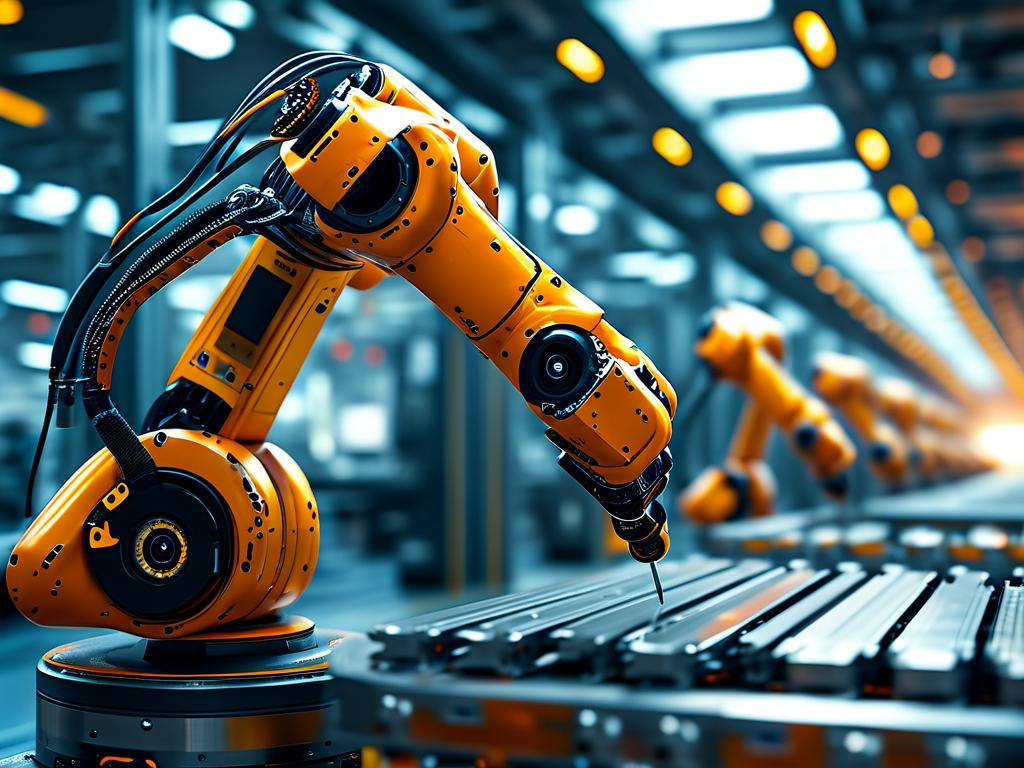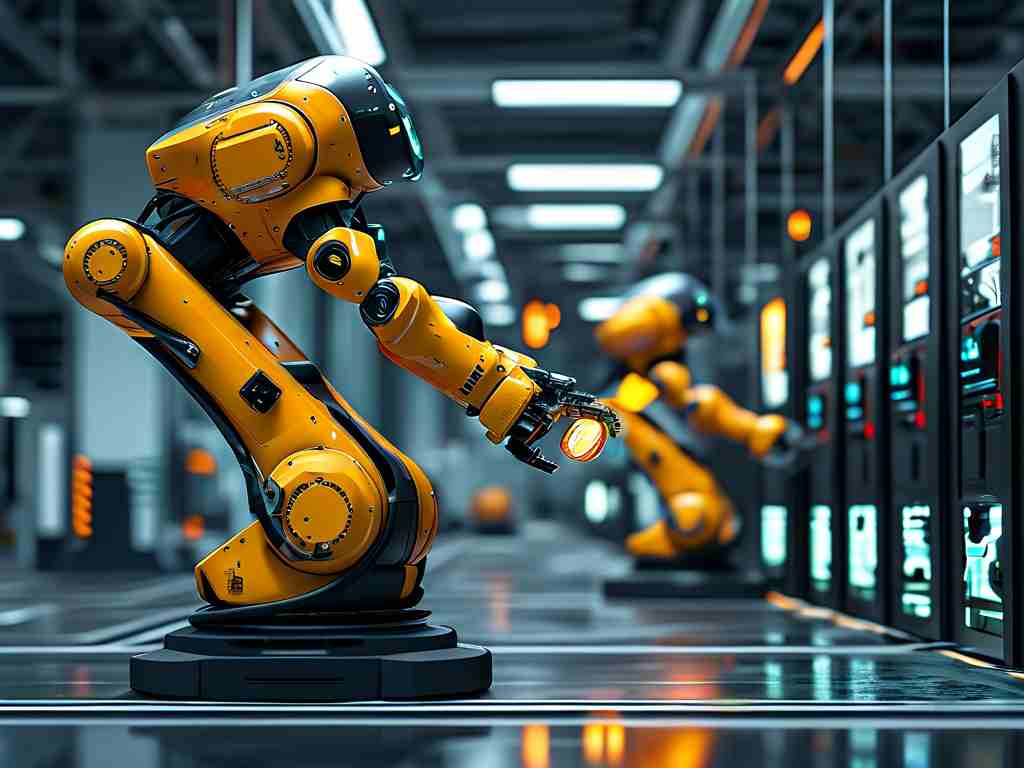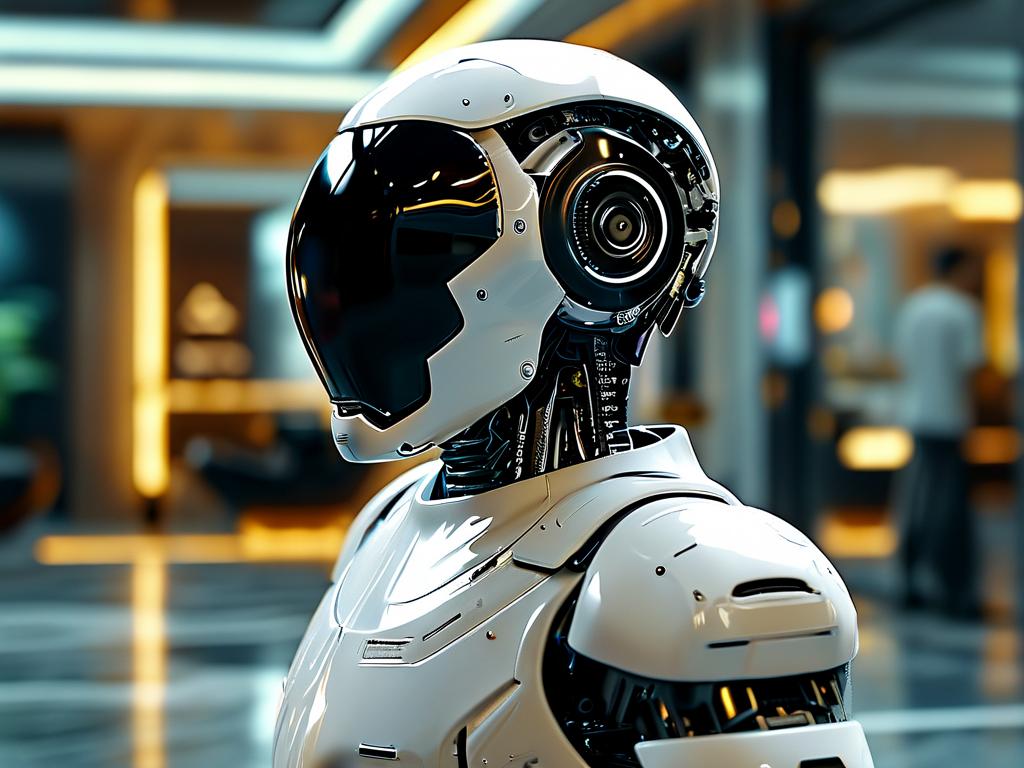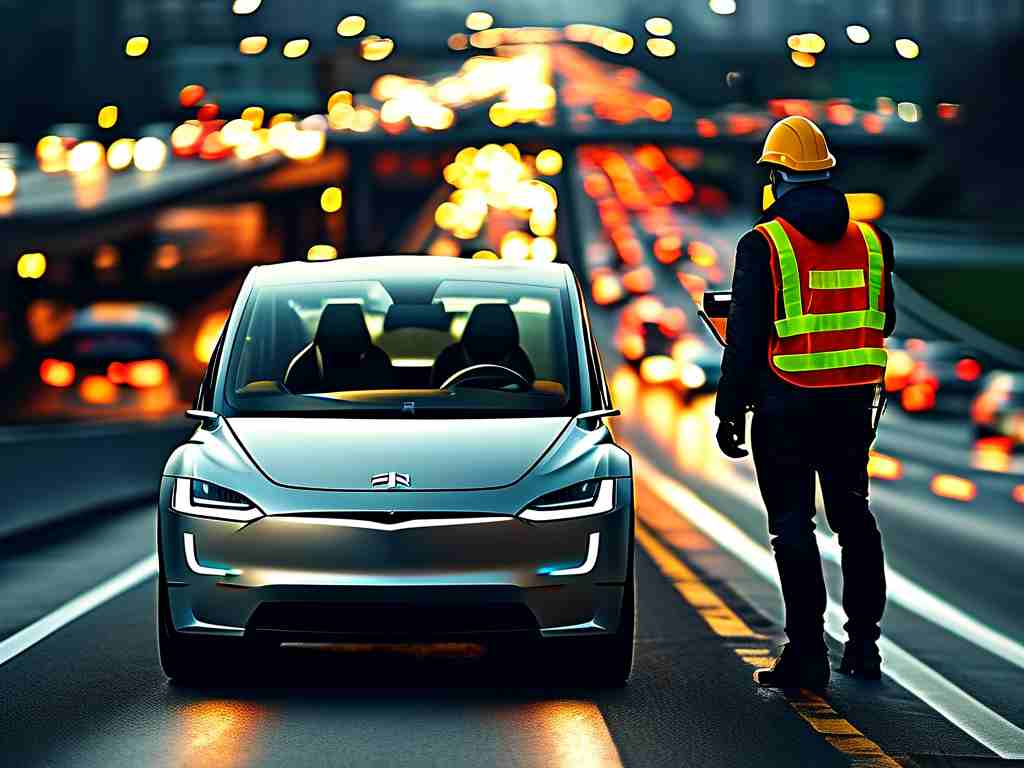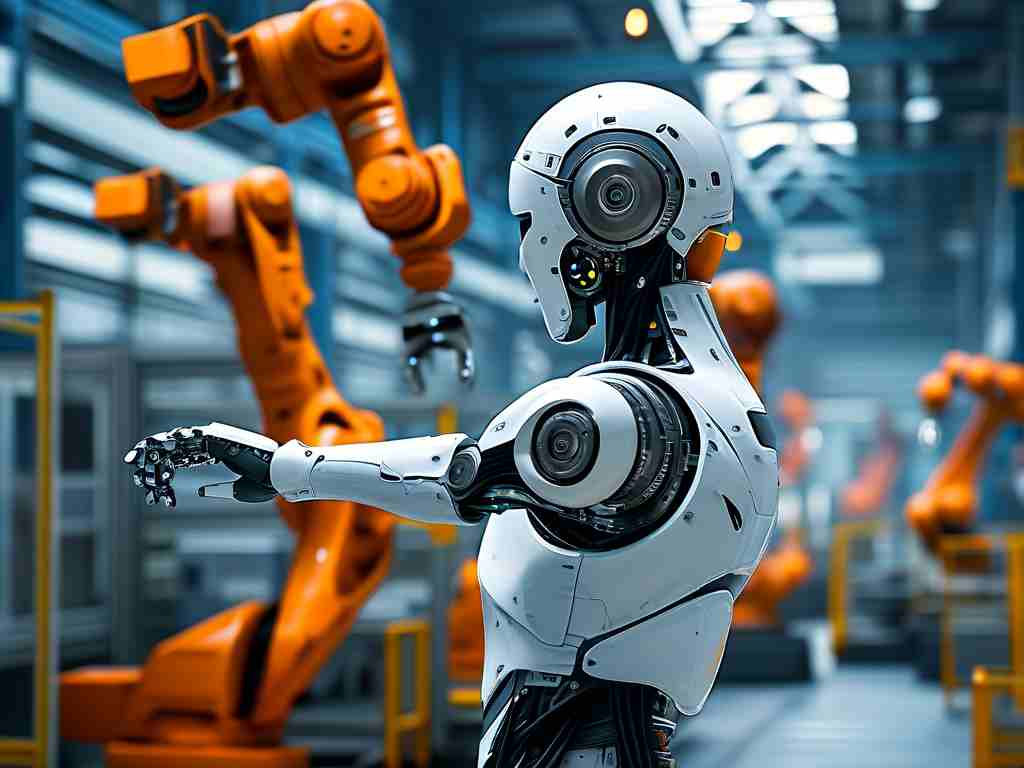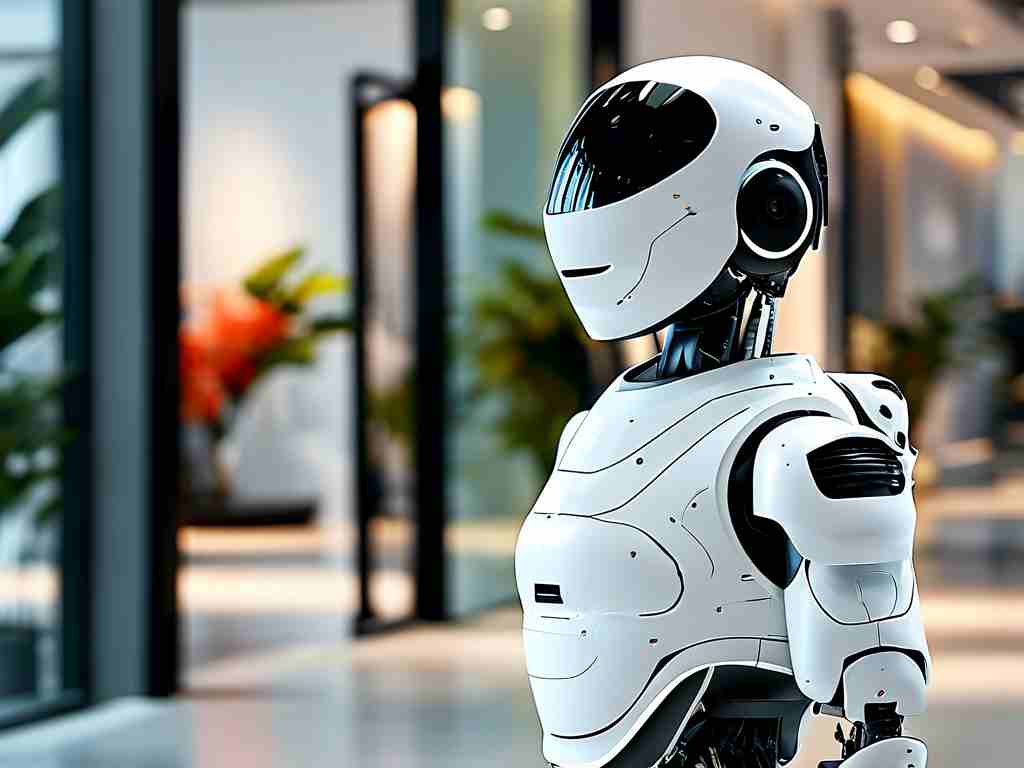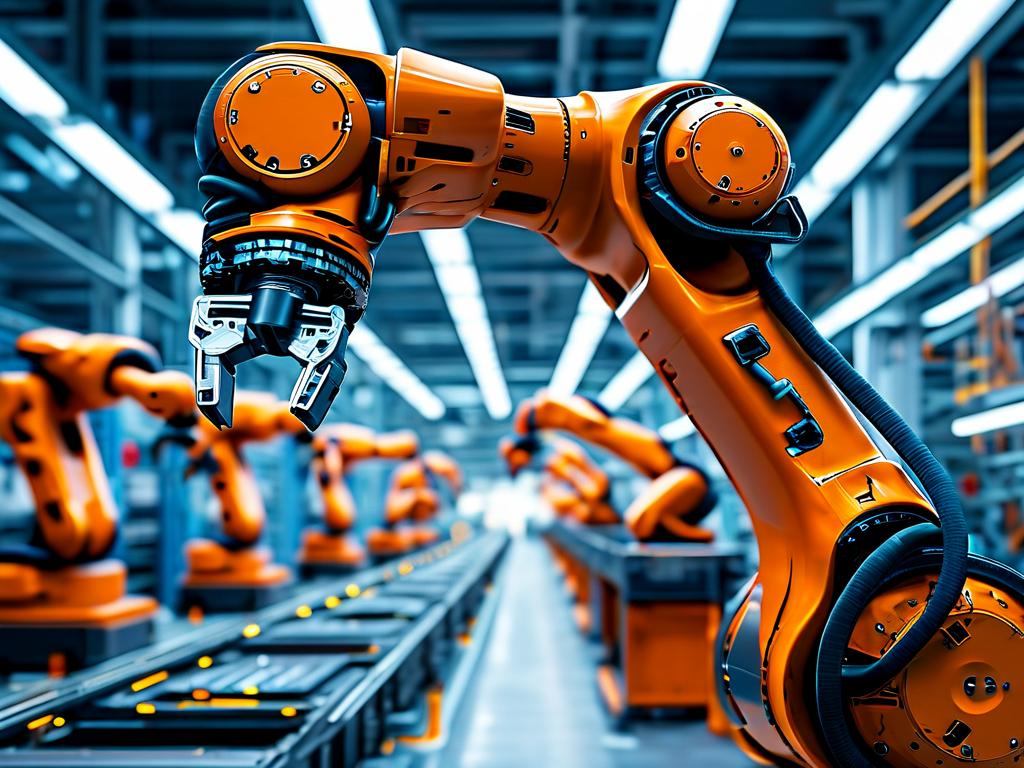In the rapidly evolving field of artificial intelligence, a groundbreaking advancement is redefining the boundaries of machine capabilities: robotic brain-swapping technology. This innovation, which allows seamless transfer of cognitive frameworks between robotic systems, promises to transform industries ranging from manufacturing to healthcare. Unlike traditional hardware upgrades, this "neural transplantation" approach focuses on preserving and transferring learned behaviors, memory patterns, and decision-making algorithms.
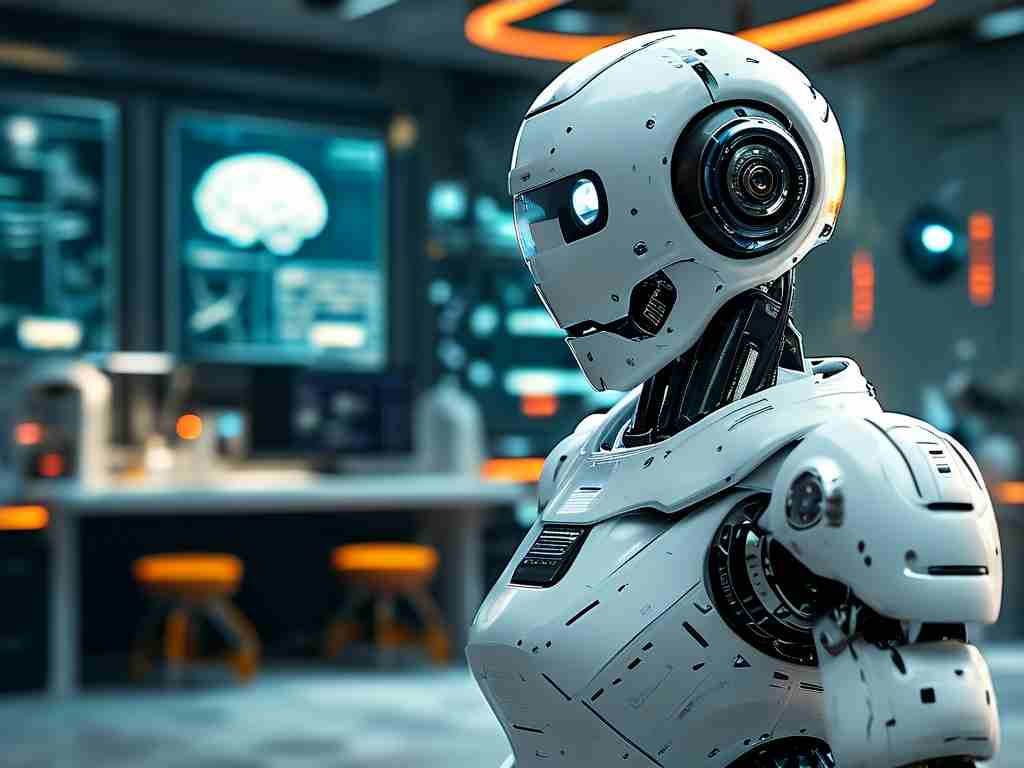
The Science Behind Cognitive Transfer
At its core, brain-swapping technology relies on modular AI architectures and adaptive neural networks. Researchers have developed proprietary compression algorithms capable of encapsulating a robot's operational experience into portable neural maps. These digital blueprints, when implanted into new hardware, enable machines to retain their functional expertise while adapting to upgraded physical forms.
A recent case study by the Massachusetts Institute of Technology demonstrated this technology using industrial assembly robots. When transferred to newer models, veteran machines maintained 98.7% of their precision welding skills while immediately utilizing enhanced motor functions. This breakthrough eliminates the need for time-consuming retraining when deploying next-generation robotics.
Applications Across Industries
-
Manufacturing Evolution
Automotive plants in Stuttgart have implemented brain-swapping to preserve decades of institutional knowledge within their robotic workforce. As production lines shift to electric vehicle manufacturing, legacy robots' expertise in quality control and component assembly is being transferred to specialized EV-focused models. -
Medical Robotics Renaissance
Surgical systems like the da Vinci XI now incorporate cognitive preservation features. When upgrading to newer iterations, surgeons can maintain customized procedural preferences and patient-specific operation histories, reducing adaptation periods from months to hours. -
Space Exploration Advancements
NASA's upcoming lunar rover prototypes feature radiation-resistant neural cartridges. This allows critical exploration data and terrain navigation experience to survive hardware replacements in harsh extraterrestrial environments.
Ethical and Technical Challenges
While promising, the technology raises complex questions. A 2023 IEEE white paper highlighted concerns about "machine identity" when transferring cognitive patterns between dissimilar platforms. The debate centers on whether a robot's experiential consciousness resides in its physical form or neural architecture.
Technical hurdles include developing universal neural interfaces that work across competing robotics platforms. Current systems require proprietary hardware ecosystems, potentially creating monopolistic market conditions. Security experts also warn about vulnerabilities in neural data transmission, citing a 17% increase in AI-specific cyberattacks since 2022.
Future Horizons
Emerging research focuses on hybrid systems combining brain-swapping with quantum computing architectures. Early prototypes demonstrate 40% faster knowledge assimilation when integrating quantum-enhanced neural matrices. Another frontier involves biological-AI hybrids, where robotic cognitive patterns could potentially interface with organic neural networks.
Industry analysts predict the brain-swapping technology market will reach $23.8 billion by 2028, driven by demand from logistics and disaster response sectors. However, successful implementation will require standardized ethical frameworks and cross-industry collaboration.
Robotic brain-swapping technology represents more than mere hardware upgrades—it fundamentally alters how machines accumulate and retain knowledge. As this innovation matures, it will challenge traditional concepts of machine learning cycles and equipment lifecycle management. While technical and philosophical questions remain unanswered, the potential to create truly immortalized AI expertise positions this technology as a cornerstone of next-generation automation.
The coming decade will determine whether humanity can harness this power responsibly or if we risk creating indestructible digital legacies that outpace our control frameworks. What remains clear is that the era of disposable robotics is ending, replaced by an age of cumulative machine intelligence.


